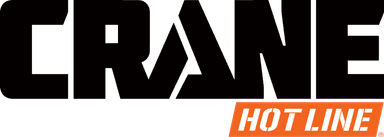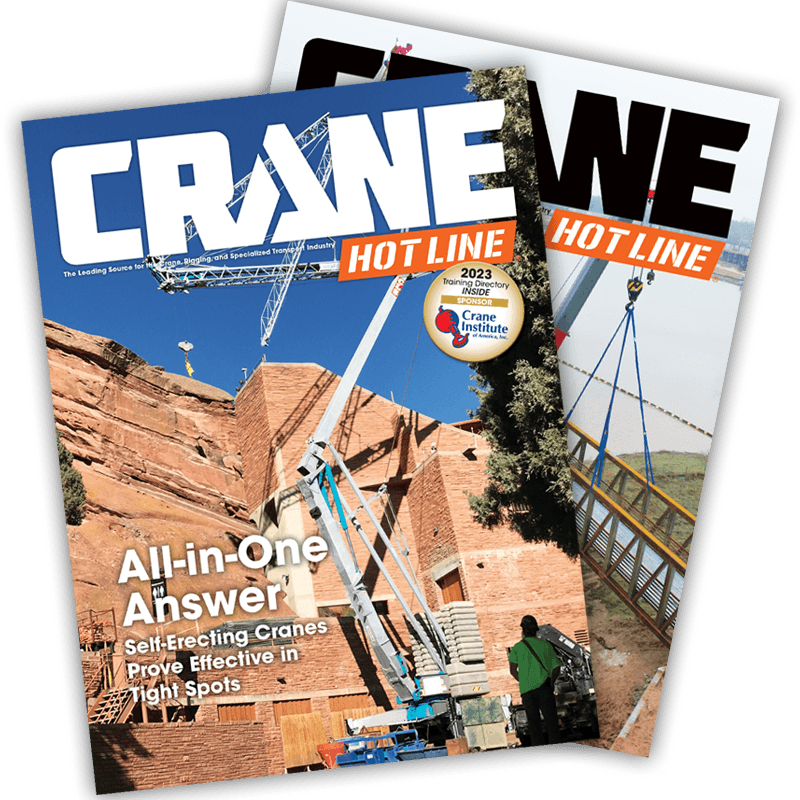Exploring the Great Outdoors
Cody Bye
Included in this issue of Lift and Access 360, is an announcement for Portable Lift Equipment's towable hunting blind, a trailer-mounted scissor lift completely covered in camouflage. The machine can be towed by any vehicle with a two-inch ball-hitch at speeds up to 80 mph. It's a multifunctional vehicle that can be used at construction sites or in the middle of a field. "We're excited about the hunting options," said Marc Bogue, president of Portable Lift Equipment, adding that the product not only can be used for weekday construction applications but also can be rented over the weekend for recreation.

However, some of you may be wondering why a construction equipment manufacturer would be interested in selling its equipment to outdoor sports enthusiasts. I wondered the same thing when I heard about the product. Although I'm fairly new to the construction industry, I am an avid hunter and fisherman, and the portable scissor lift from PLE seems like a unique dual-purpose machine. But why try to create a product that appealed to outdoor sports enthusiasts in particular?
It seems only natural that once off the jobsite a construction worker would want to spend his or her free time pursuing other outdoor activities away from the city. “I'll do anything that gets me in a field or on a lake and away from buildings,” said Jim Crawford, outdoorsman and general manager for Phoenix-based Steel Erection and Maintenance, Inc. “I love the outdoors.” Construction professionals spend the majority of their time outdoors. Often the only time they work indoors is in inclement weather or when working on the interior of a building. Just last month, careerbuilder.com listed construction workers on a list of ten jobs that allow people to get outdoors and enjoy the air.
Yet that doesn't wholly explain why a construction company would create a hunting product. From my personal experience, I know that hunters and fishermen are great networkers and love to tell stories. When they find a product that they think is exceptional, they will tell every friend and family member they can. Although a piece of camouflage-covered construction equipment may initially only appeal to those construction workers who also spend time outdoors, those professionals will begin to tell their hunting buddies about this “great new product.” While it is a different approach, there's certainly a foundation to this marketing idea. Word-of-mouth has long been known to be a key marketing strategy.
PLE isn't the only construction equipment company making the connection between construction professionals and their outdoor hobbies. Take Phoenix, Ariz.-based Ross Outdoors and Ross Equipment Rentals, for example. Both companies are owned by the same man, Ross Richards, and do primarily the same thing: rent equipment. I asked Abbie Saunders, director of marketing at Ross Equipment, why Ross had opened an outdoor branch of their rental business. According to Saunders, Richards knew that renting outdoor [recreational] equipment was possible when he purchased his first expensive piece of hunting equipment for himself. “The day (he) purchased a Swarovski Spotting Scope, he realized that hunting was no longer an affordable hobby.”
And I can vouch for that statement. Much like construction equipment is for the small contractor, outdoor gear is often not affordable for the occasional hunter. The premium European optics, such as Swarovski and Leica, are pricey. One pair of those brand-name binoculars averages $1,600 to $3,000. An average hunter could spend thousands of dollars preparing for a hunt. Since construction professionals are already aware of the advantages of renting through their workplace, the outdoor rental industry is an easy step for those individuals to take. I have never rented hunting equipment since I didn't even know it existed, but I will certainly look into it in the future when I take my next excursion.
Crane Hot Line, Lift and Access 360's sister-magazine, has also seen the connection between outdoor sport enthusiasts and construction professionals. “Clocking Out” is on the last page of every Crane Hot Line magazine and provides tips and advice for hunters, fishermen, and the general outdoor enthusiast. According to Guy Ramsey, publisher of Crane Hot Line, there are numerous construction workers who enjoy outdoor recreation. “Most people in the industry have some sort of outdoor past-time. While the rest of the magazine (Crane Hot Line) is about business, we wanted to include a section that focuses on what these professionals do outside of their workplace.”
A few other construction-based companies have had similar success dealing their products or services to both sectors. For example, the Ingersoll Rand XRT1550, a four-wheel drive utility vehicle, has been successfully used on jobsites and for personal use. Workers and hunters alike want the ability to carry people and haul an additional 500 pounds with them. Many of Ingersoll Rand's products cater to both construction and outdoor consumers. As such, the company produces a normal-colored and a full camouflage version of its vehicles.
So how much actual crossover is there between construction professionals and outdoor sports enthusiasts?
When I posed that question to Saunders and Crawford, the numbers they gave me were astonishing. “It's become very evident that a large percentage of our existing customer base enjoys hunting, fishing, and outdoor activities. Approximately 75% of our Ross Outdoors customers were Ross Equipment customers first,” Saunders said.
Crawford's response was along the same lines. “Out of the 30 employees at my company, 50% to 60% participate in some kind of outdoor activity,” he said. With that many construction professionals interested in the outdoors, it isn't surprising that companies are starting to appeal to that consumer base.
Those percentages may even grow in the next few years. According to a survey conducted by the U.S. Fish and Wildlife Service, the number of anglers has increased by 130% and the number of hunters has increased 31% since 1955. In the
Companies who have products that could be used in both construction and hunting, like PLE's hunting blind, should at least consider the idea of approaching hunters. There's a growing marketplace in the hunting and fishing industry, and companies should take notice. “I don't see why not,” Crawford said. “If there's a market for it, they should do it.””
While I do not expect telescopic handlers or rough-terrain cranes to be outfitted in camouflage anytime soon (except by the military), I do believe that there will be an increasing number of companies that are interested in marketing products for outdoor recreational use. We may see more lifting equipment manufacturers and rental companies follow PLE's and Ross Outdoors' lead. The connection between the construction industry and the outdoors is a strong one, and it won't be long before more people in the construction industry begin to see that.


